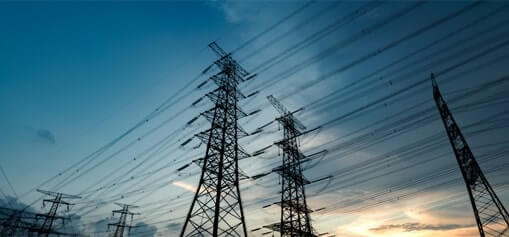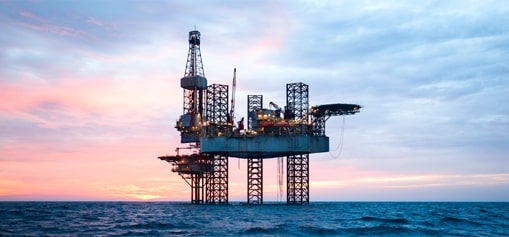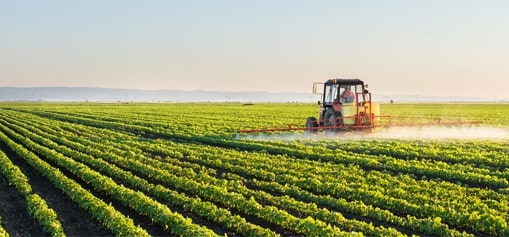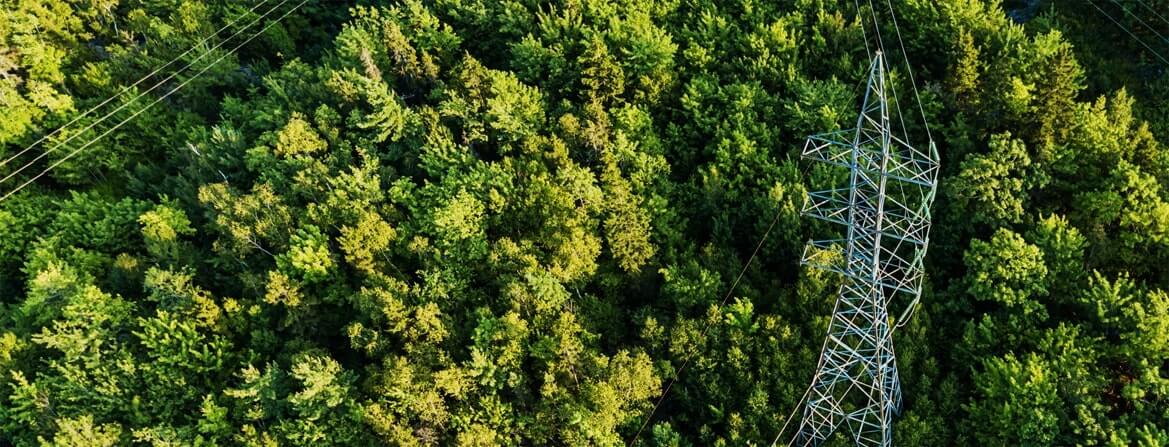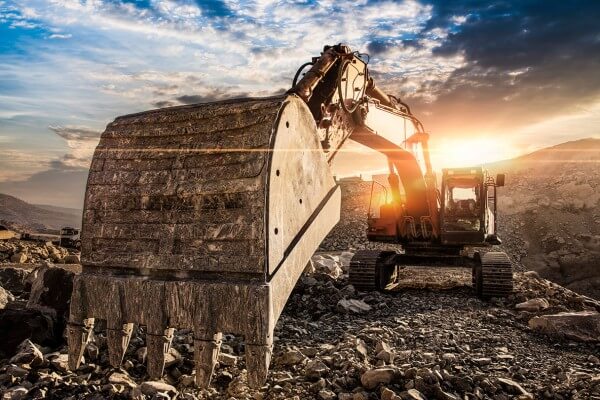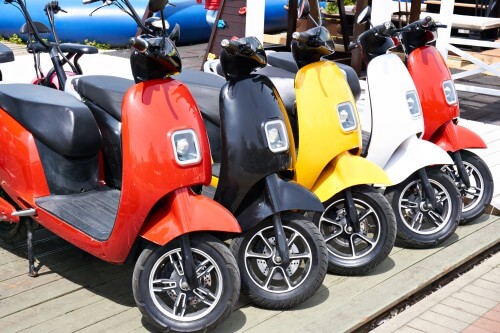Enhancing the Irrigation Capacity of Dams using Inter basin River Linking
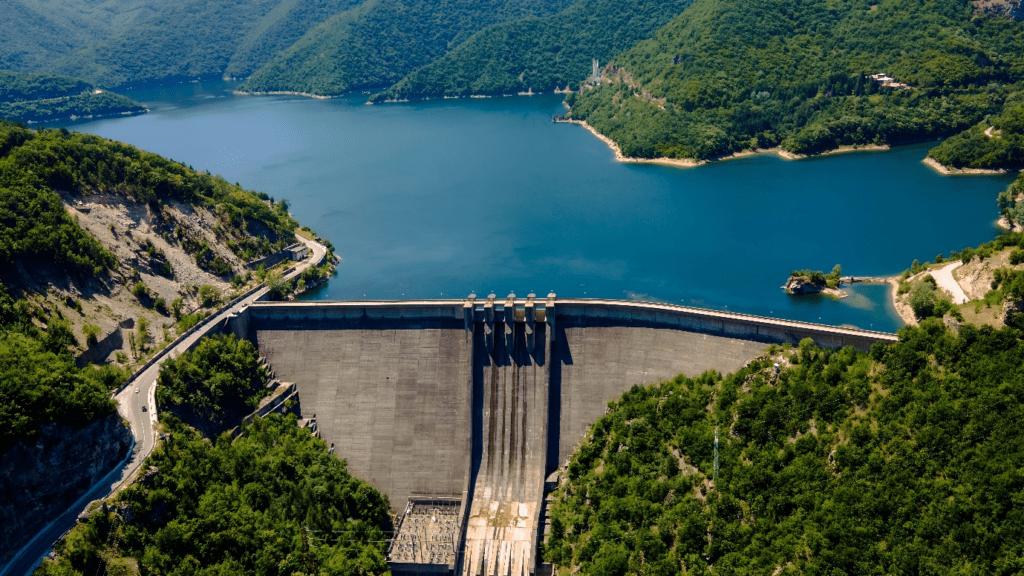
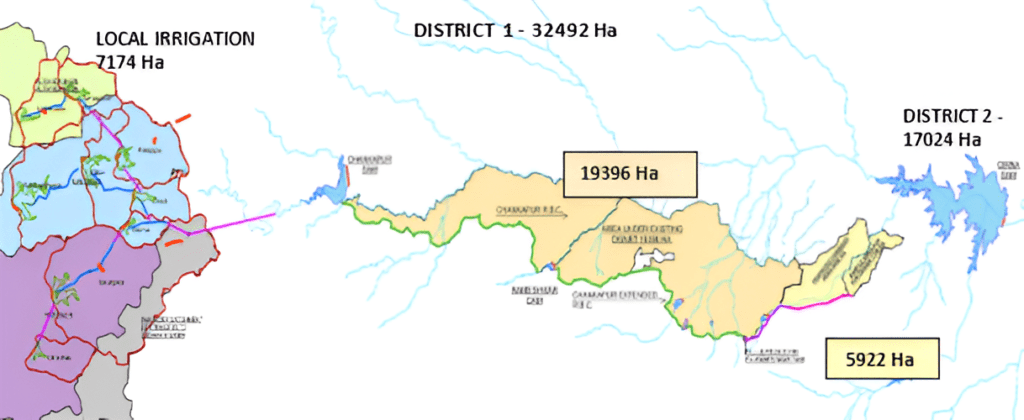
Water is a limited commodity, whereas demands for agriculture, industry, domestic use, power generation, flood control, navigation, etc. are ever-growing. The water resources in Maharashtra, a state of India, are limited and unevenly distributed to meet the actual demands of the respective regions. The rainfall is also confined to the monsoon period only, i.e., June to October. Moreover, it has been observed that in recent times, rainfall has decreased successively.
This creates a drought-like situation in some areas where enough land and development potential is available, compared to the south-west zone of Maharashtra state, India, which receives excess rainfall than it needs.
Due to population inflation, urbanization and changing lifestyles, The water requirement in suburban districts of Maharashtra state has considerably increased for non-irrigation use. On the contrary, in the western part of these states, surplus waters from west-flowing rivers are going waste into the Arabian Sea. This surplus quantity can be diverted to drought-prone areas for irrigation, domestic and industrial needs to achieve social and economic growth.
Recognising this fact, the state government has planned 23 intra-state link proposals to divert the unutilized waters of west-flowing rivers.
Ceinsys has provided consultancy services for the preparation of a detailed project report for the River Linking Project. It envisages harnessing untapped water by creating 9 major storages across the three rivers.
The proposal consists of 9 dams- three on each river – and 2 Sumps. 11 pumping stations are proposed to lift water from these dams, transferring 260 Mm3 of water from 288 m altitude to 686 m elevation into a sump and then transferring it through a 14 km long gravity tunnel for storage in a tank that acts as a balancing reservoir at 672.92 m elevation. From the tank reservoir, water is released in regulated flow through a 100 km gravity canal for irrigation of 50000 ha of the suburban districts and also to meet drinking water and industrial demands enroute.
The energy required to lift and transfer 260 Mm3 of water from 11 pump houses is 407.90 million units through a 33/6.6 KV supply. The total capacity of the pumps is 119217 HP. All these reservoirs are linked by rising mains (length 50.52 km) and tunnels (Length 31.37 Km). The total land acquisition is 3801 .17 ha out of which 939 .07 ha is rich forest. The project is planned for 7 years to be completed

